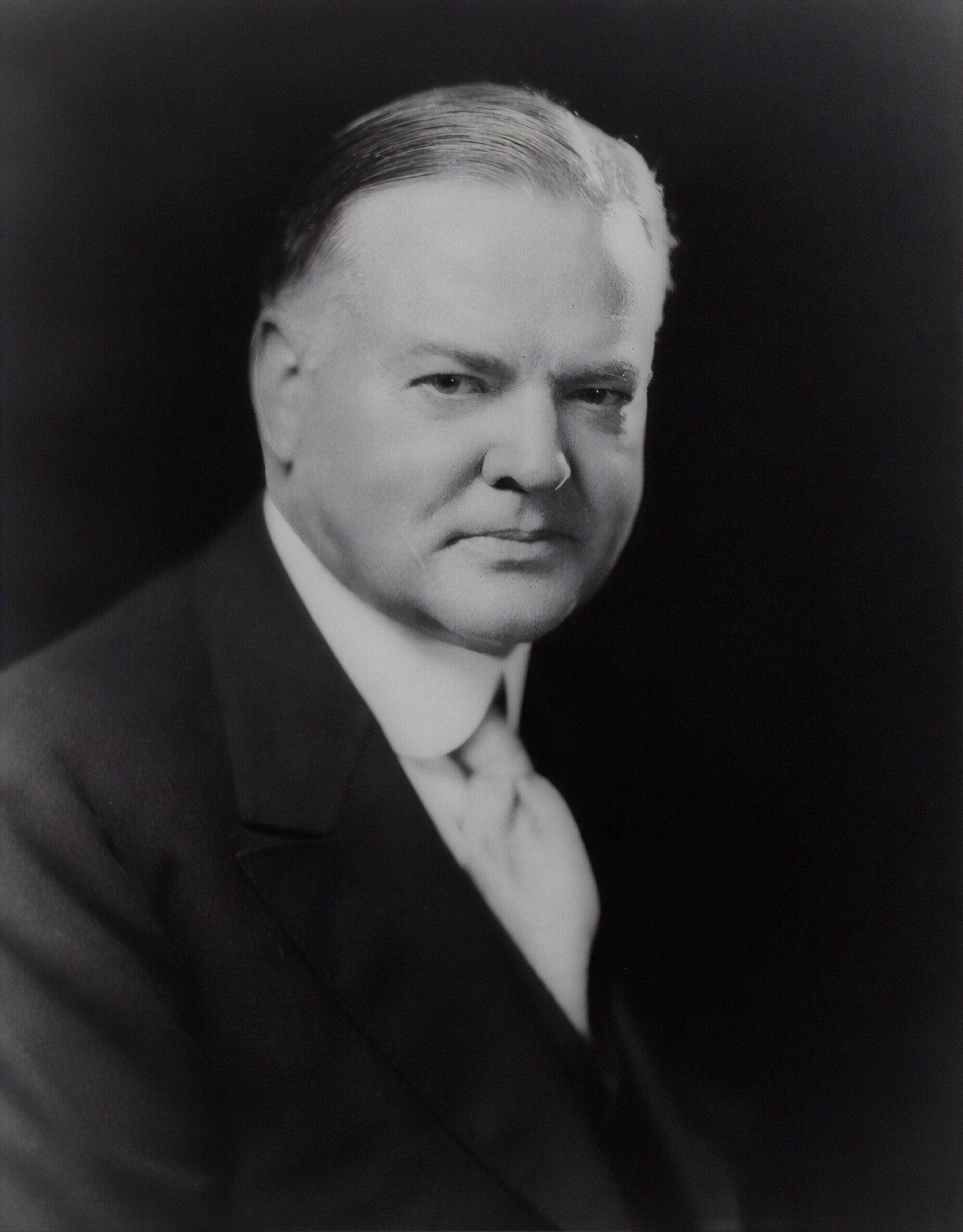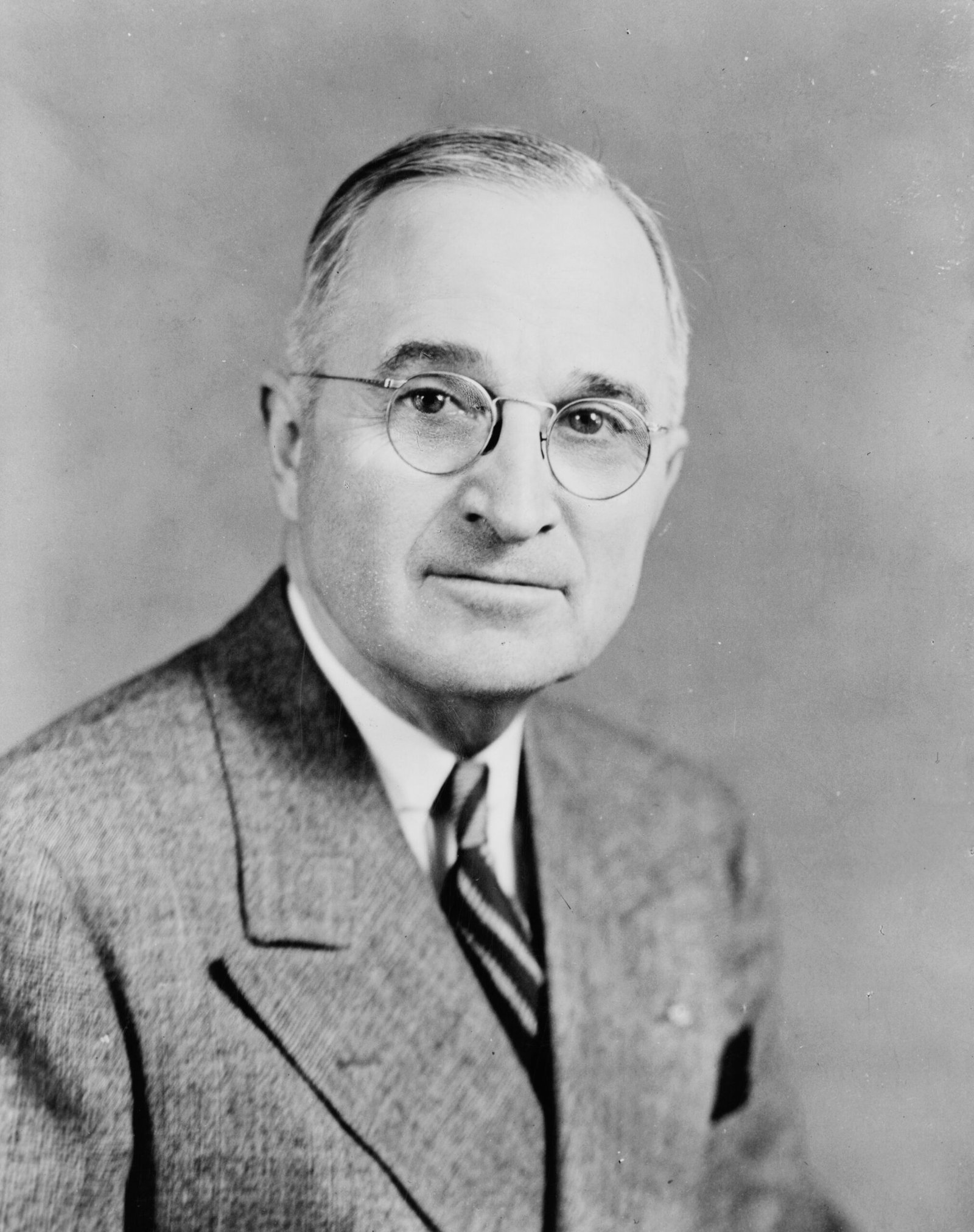In this article, communication expert Pete Weissman highlights the leadership lessons that CEOs can learn from United Auto Workers (UAW) president Shawn Fain. Despite being seen as a natural adversary by many business leaders, Fain has proven to be an effective leader in terms of executive communications. Weissman argues that studying Fain’s approach can provide valuable insights for CEOs trying to navigate the challenges of connecting with people whose lives and pay differ greatly from their own. By employing powerful symbolic gestures, casting a broad and inclusive narrative, and taking every opportunity to share his messages, Fain has been able to secure widespread support for the UAW and strengthen their bargaining position. Weissman delves into the specific lessons that CEOs can learn from Fain, emphasizing the importance of clear and memorable messaging, swift responses to criticism, communication methods that reinforce the message, and delivering on the promises that got them into their positions.
Lessons CEOs Can Learn from UAW President Shawn Fain
As the president of the United Auto Workers (UAW), Shawn Fain has demonstrated effective leadership and communication skills that CEOs can learn from. In this article, we will explore the lessons that CEOs can take away from Fain’s approach, covering various aspects such as powerful symbolic gestures, broad inclusive narratives, personal engagement and authenticity, expressing goals tightly and memorably, responding to criticism, communicating to reinforce the message, and delivering quick wins and symbolic actions.

Read more about the Latest Money News
Lesson 1: Powerful Symbolic Gestures
Fain understands the impact of powerful symbolic gestures in delivering messages effectively. He has employed various symbolic gestures during contract negotiations, which have garnered attention and support from striking workers as well as media coverage. For instance, he started contract negotiations by refusing to engage in public handshakes until a deal was made, which created an air of anticipation and set the tone for the negotiations. Additionally, Fain threw a proposal into a trash can to symbolize the rejection of an unsatisfactory offer, capturing the frustration and determination of the union. By renaming the union’s proposal from the “President’s Demands” to the “Members’ Demands” and sharing it publicly, Fain emphasized the collective nature of the union’s goals and aspirations. These symbolic gestures come at zero financial cost but resonate with the workers and the public, making them an important tool for leaders to employ.
Lesson 2: Broad, Inclusive Narrative
Fain has successfully crafted a broad and inclusive narrative that resonates with the UAW and the wider public. He reframes the auto industry battle as a fight for the middle class, positioning the UAW as a leader in the effort to rectify the inequalities and challenges faced by working-class Americans. By expanding the timeframe and scope, Fain creates a sense of historical mission, elevating the significance of the contract negotiations beyond a typical four-year agreement. This inclusive narrative connects the struggles of UAW members with the larger working class, forging a strong sense of unity and purpose.
Read more about the Latest Money News
Lesson 3: Personal Engagement and Authenticity
One of the key aspects of Fain’s leadership style is his personal engagement and authenticity. He leverages social media platforms to share messages directly with UAW members and the public, creating a more intimate connection and building trust. By using videos, Fain adds a personal touch to his communication, allowing him to convey emotions and connect on a deeper level. Furthermore, Fain shares specific bargaining details publicly, which demonstrates transparency and builds trust among members. While negotiating in the media can be risky, Fain is willing to take that chance to win the loyalty and support of his members.
Lesson 4: Expressing Goals Tightly and Memorably
Fain excels at expressing goals tightly and memorably. His messages are clear, concise, and memorable. For instance, he uses phrases like “Record profits mean record contracts” to succinctly capture the union’s demands and expectations. CEOs can learn from Fain’s approach by writing down their goals and continuously refining their message, removing unnecessary words, and increasing the tension to create an unforgettable impact.

Lesson 5: Responding to Criticism
Fain understands the importance of not letting charges go unanswered. When criticized by Big Three executives, he responds quickly and effectively, countering their statements and defending the union’s position. This proactive approach ensures that Fain’s message is heard and that the union’s perspective is not overshadowed by opposing views. CEOs can learn from Fain by addressing criticism head-on and providing a strong defense of their organization’s interests.
Lesson 6: Communicating in a Way that Reinforces the Message
Fain emphasizes the importance of choosing communication channels that emphasize openness and interaction. He leverages social media platforms like Facebook, Instagram, and X (formerly Twitter) to engage with UAW members and the public, showcasing a leadership style that is modern and accessible. CEOs can learn from Fain by aligning their communication methods with their leadership style and organizational goals. For example, if a CEO aims to show that they are a hands-on leader, they can consider walking the factory floor instead of relying solely on virtual meetings.

Lesson 7: Delivering Quick Wins and Symbolic Actions
Fain recognizes the value of delivering quick wins and symbolic actions, especially when substantive actions might not be immediately possible. As the newly elected UAW president, Fain started shaking up the union leadership by taking symbolic actions that demonstrated his commitment to fighting for the union’s members. While quick wins may not always have a significant impact on the bottom line, they can be powerful in generating support and maintaining momentum. CEOs can learn from Fain by identifying specific goals that can be accomplished immediately and implementing symbolic actions that resonate with their employees and stakeholders.
In conclusion, CEOs can learn valuable lessons from UAW President Shawn Fain’s leadership and communication strategies. By incorporating powerful symbolic gestures, crafting a broad inclusive narrative, engaging personally and authentically, expressing goals tightly and memorably, responding effectively to criticism, communicating in a way that reinforces the message, and delivering quick wins and symbolic actions, CEOs can enhance their leadership and effectively connect with their employees and stakeholders. Shawn Fain’s success in the face of challenging circumstances serves as a testament to the power of effective communication in achieving organizational goals.









